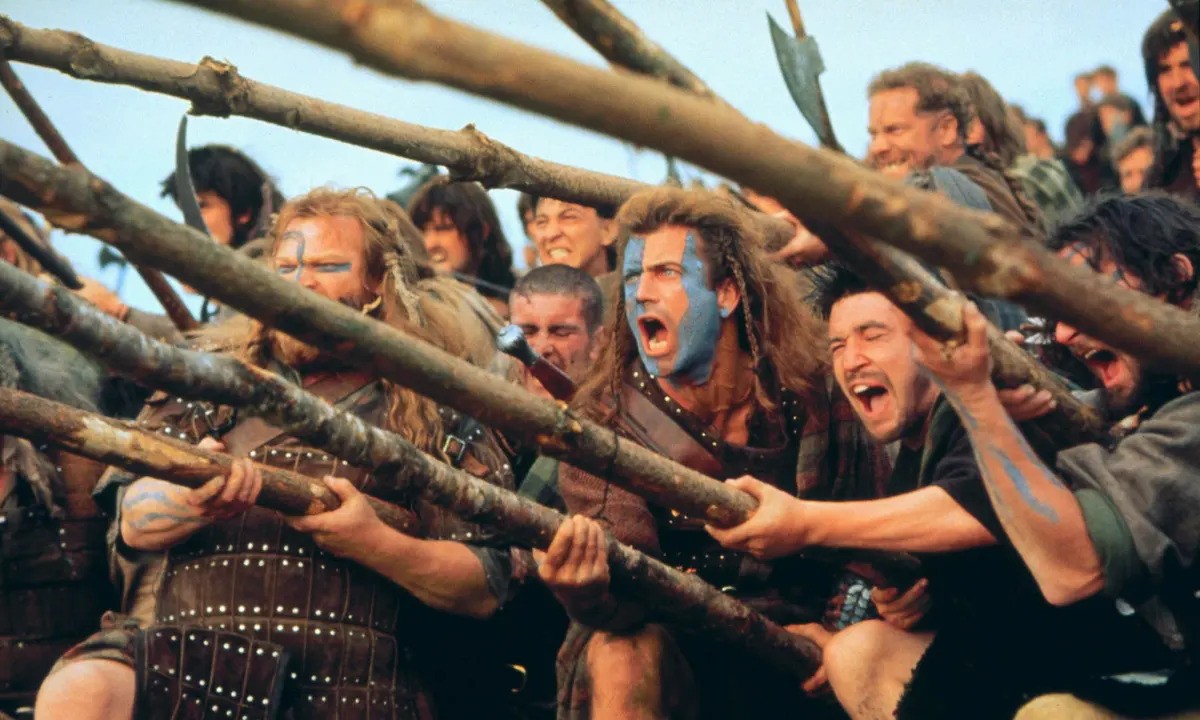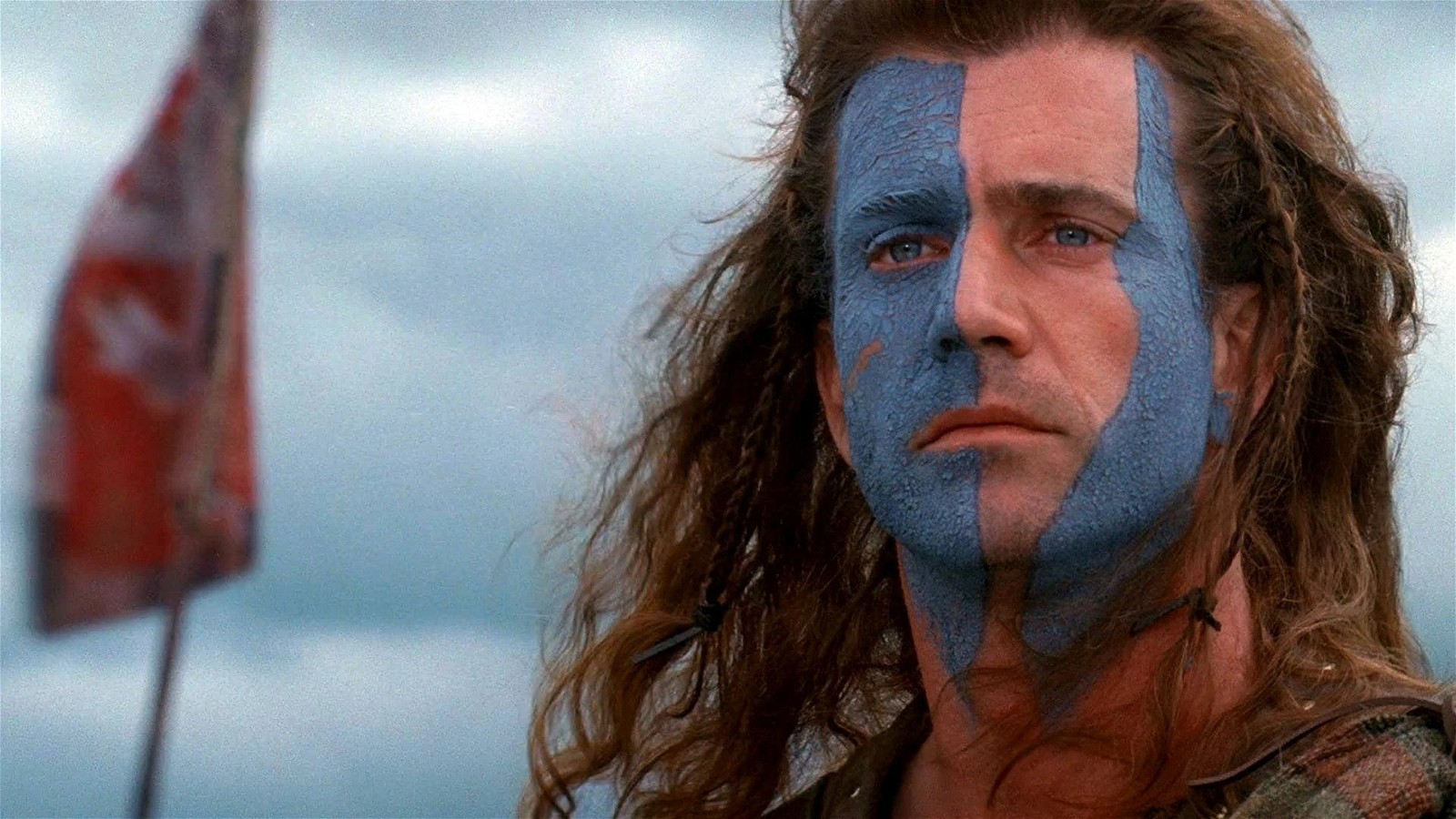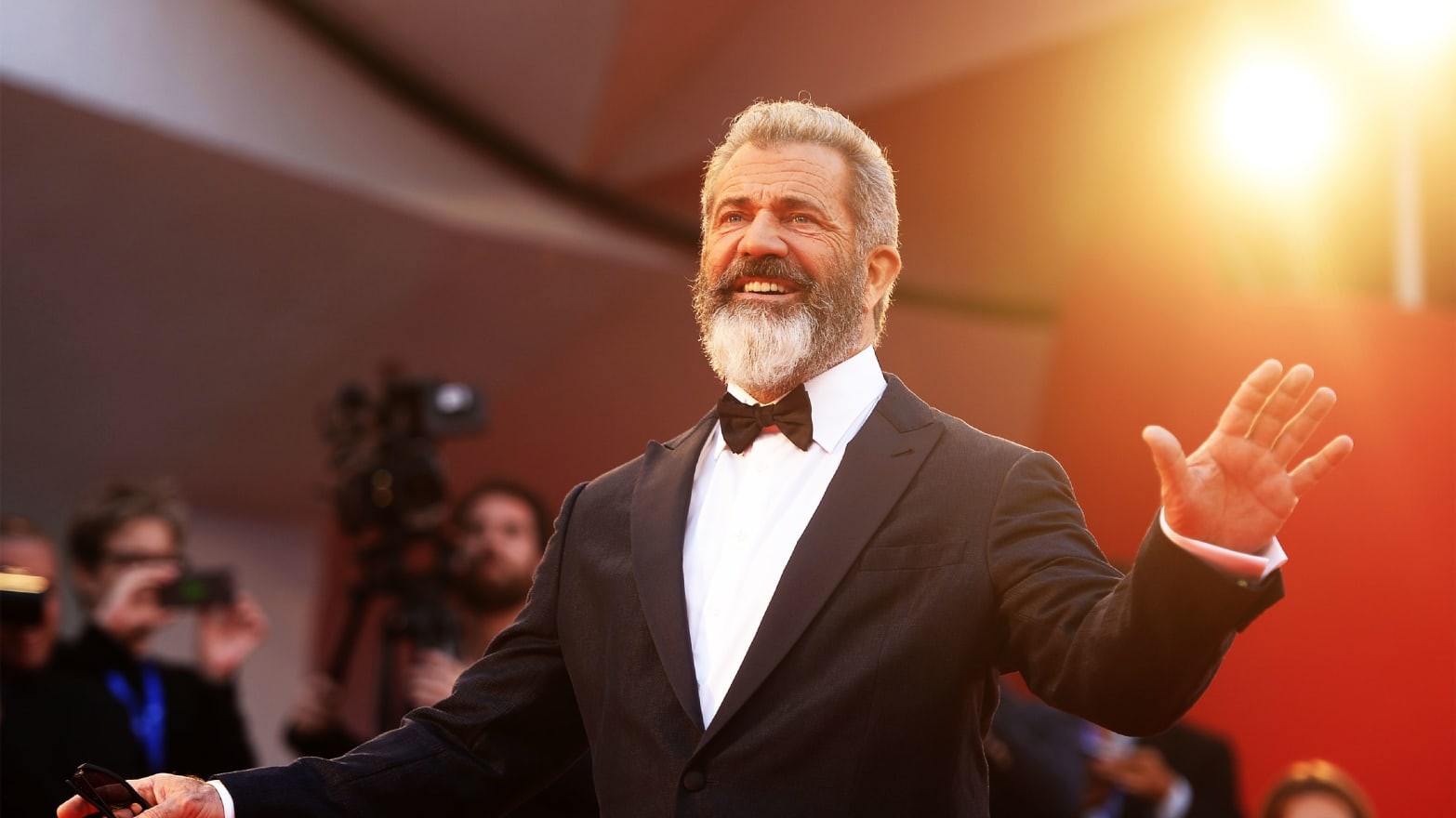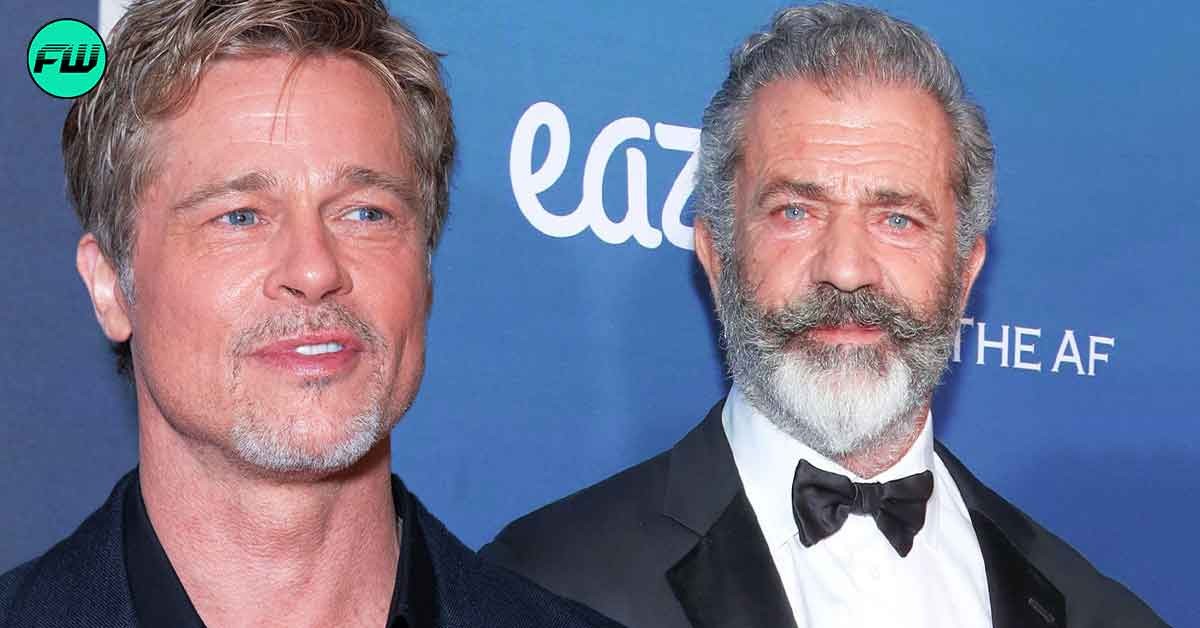Braveheart may yet be one of the best period piece dramas to have ever been made into film besides Ridley Scott’s Gladiator or William Wyler’s Ben-Hur. The film’s hero, the 13th-century knight, Sir William Wallace, portrayed by Mel Gibson in the 1995 film markedly became his career’s best performance, going on to have a lasting effect on cinematic history and the undeterred reputability of the actor’s talents, despite his eventual downfall from the face of Hollywood.

Mel Gibson Wanted Brad Pitt For Lead Role in Braveheart
The involvement of Mel Gibson in the Braveheart project was a process comprising many parts – the primary rejection of the film when it was offered to him leading to a persistent curiosity about the script after turning it down which was then followed by a hesitant comeback on Gibson’s part before completely nosediving into the project as its director, producer, and lead actor. However, such a level of resistance on the actor’s part toward the film was because he could not see himself in the role of Sir William Wallace.

Also read: “You found someone crazier”: Mel Gibson Was Happy $526M Franchise Replaced Him With Tom Hardy
After taking up the script, Mel Gibson and the studio circled around the idea of casting Brad Pitt in the leading role. Having made a name for himself with notable parts in Thelma & Louise (1991), and the 1994 releases: Legends of the Fall, Interview With the Vampire, and more importantly, Troy, the immediate critical reception of the then 32-year-old was at its peak.
However, the conversation never went beyond the walls of the studio as Mel Gibson soon took on the role of the knight himself, leaving Pitt to move on to other valuable properties like 12 Monkeys and Se7en, wherein he delivered unforgettable and immortal performances.
Mel Gibson Becomes a Legend With Braveheart’s Iconic Arc
Hardly every actor gets to enjoy a career arc where one spectacular, ground-breaking, and inimitable film not only secures its place among the coveted ranks of cinematic classics but also solidifies its directors and actors as certifiably genius icons and the greatest artists of all time. Mel Gibson did both, and twice as well, with Mad Max and Braveheart – the latter of which he spearheaded as both the lead actor and the director.

The 1995 film went on to rally the Oscars the next year by reeling in 10 nominations and winning 5, including Best Picture, Best Director, and Best Cinematography among other things. In 1991, however, the actor-filmmaker would begin trudging on the path to his ultimate fall from grace. After volatile anti-semitic remarks, a DUI charge, a domestic abuse charge, racist comments caught on tape, and the revelation of his bipolar and manic depressive disorder, Gibson rode out his sine-wave of epic high and tragic doom in Hollywood in the early 2000s. As reported by The Guardian:
“Were Gibson to make amends to his estranged girlfriend, Oksana Grigorieva, and their child, and to the ex-wife who bore him seven children, and to those seven children, and to the Jewish-American community, and to women in general, and to the Malibu police force, and then perhaps direct a stirring film on a par with Braveheart or The Patriot – a film about the Maccabees is one suggestion – he might still claw his way out of the hole he has dug himself into. But it’s going to take some digging.”
Decades later, as a favor returned for saving Robert Downey Jr. from the clutches of public vitriol and slow oblivion in the industry, the Marvel actor also stood up for his old friend at an award ceremony in 2011 in front of Hollywood fanfare. In 2016, Mel Gibson made his formal comeback as a director with Hacksaw Ridge starring Andrew Garfield, a beautiful film that challenged the reservations and animosity harbored toward the filmmaker, despite the age-old debate surrounding separating the art from the artist.
Braveheart is currently streaming on Hulu.
Source: The Hollywood Reporter

